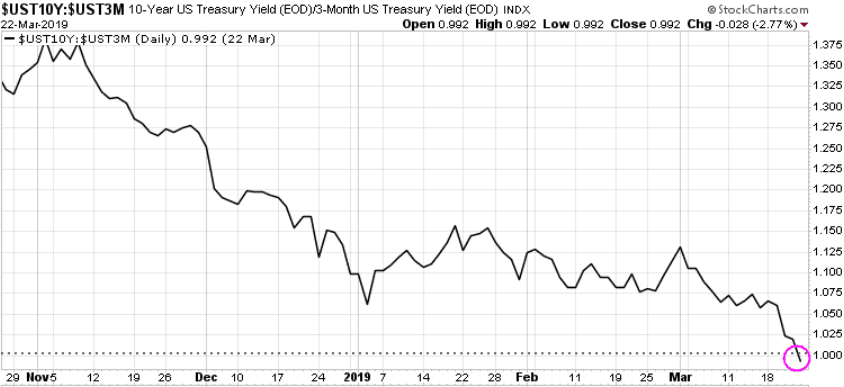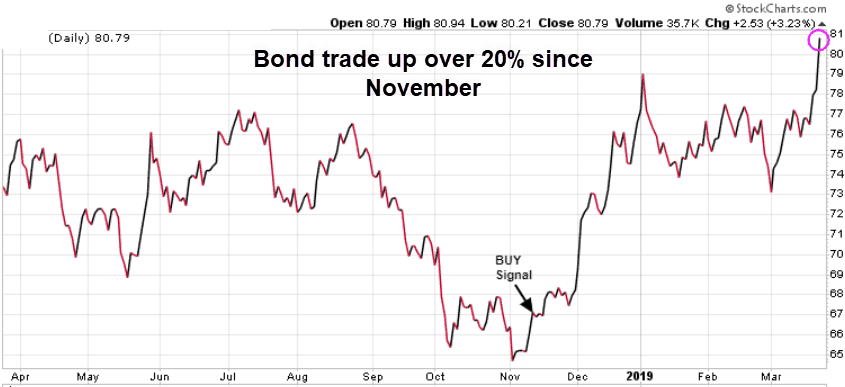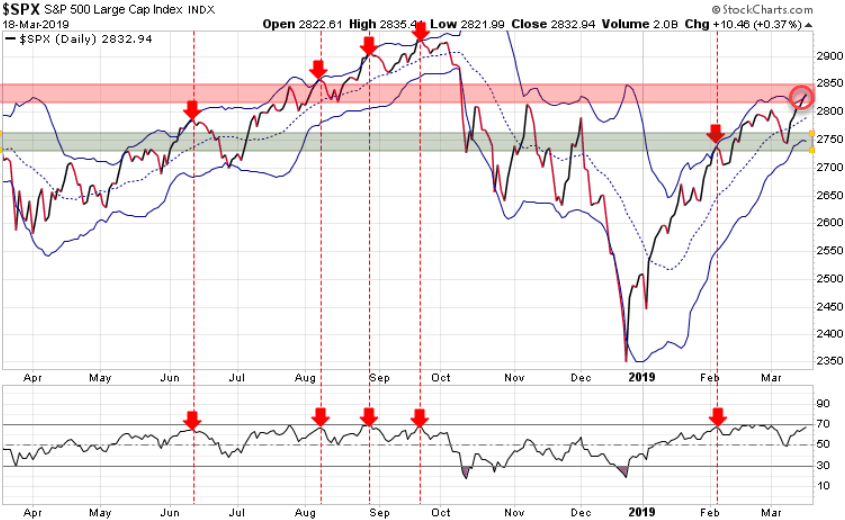
Health care costs and budgets are ballooning all around the world as we see global populations moving into higher and higher age brackets. With so much health care research going on, doctors are challenged to keep up with new drugs and their side effects, as well as new procedures and tools that deliver more accurate and timely diagnoses and remedies. Once in a while a new technology will emerge that has the potential to dramatically alter the status quo. CRISPR has that potential, as it may be a way to end all disease – wow – a very BOLD statement indeed, but could it be true?
CRISPR (pronounced crisper) is a simple and powerful tool for editing genomes, allowing researchers to alter DNA sequences and modify gene function. There have been DNA editing tools before, such as TALENS, but CRISPR is about 4 times more efficient. The term CRISPR is the short form for describing CRISPR-Cas9, a specialized stretch of DNA. Cas9 is an enzyme that acts like a pair of molecular scissors, able to cut strands of DNA. CRISPR itself stands for “Clusters of Regularly Interspaced Short Palendromic Repeats.” The process was first fully described in a paper published by researchers at Kanazawa University and Tokyo University in 2017, although research reports and papers go back as far as 2007 by Danisco A/S in Denmark, 2012 in the National Institute of Health and PNAS , and 2013 (MIT and Harvard). These studies and papers all help to pave the way forward for many possible therapeutic applications in humans.
Editing DNA has many potential applications, such as correcting genetic defects, treating and preventing disease, and improving food crops. There is of course vigorous debate about the ethics of genetic modification, in humans, in other animals, and in food. Although the really exciting potential may be in disease eradication, there are current uses of CRISPR in the food and agriculture industries, such as the engineering of probiotic yoghurt cultures and vaccinating industrial cultures against viruses. We currently also have in place the genetic engineering of crops to improve yield, drought tolerance, and nutritional properties, all with attendant controversy.
Another promising facet to CRISPR technology is the ability to create gene drives, which are genetic systems that increase the chance of a specific trait being spread generationally to a large population, such as increased sterilization among the female mosquitoes that carry malaria.
There are certainly many positive-sounding potential benefits for using CRISPR technology. It’s relatively easy to get excited about eradicating a disease like cystic fibrosis, and it is hard to deny that global populations would benefit from increased food production and nutrition … but the big questions and debates centre around – – is DNA editing safe and ethical. Academic researchers are generally cautious and wary of proceeding too quickly, wanting to establish ethical standards, safety procedures, and eventually achieve public acceptance through long term trials. Virtually no one wants to proceed without caution, but capitalism has a need to push hard in generating gains and profits for companies and shareholders. DNA editing, in any organism, has great potential, but there are many perceived risks and questions, such as:
- will it be ok to eradicate disease viruses along with the animal species carrying them around?
- -will there be unintended ecological impacts, such as a gene drive trait spreading beyond its target group?
- will modifying human eggs, sperm, embryos, (known as “germline” editing) be safe, given that our knowledge of how it all really works in the long term is still somewhat limited (Are we now smart enough and ready to “play God”?)
- how do we control germline editing and prevent it from veering off into human enhancements, beyond disease eradication?
- how do we rationalize the perhaps unknown consequences for future generations without their consent?
The debate will be a struggle, and probably a long one. In the USA the National Academies of Sciences, Engineering, and Medicine have put together a comprehensive report with guidelines and recommendations. Meanwhile, research will continue and Trend Disruptors will monitor progress, looking for opportunities to invest in companies that we perceive to be a good bet. As well as investment potential, our analysis of this disruptive area of health care technology must include extra large doses of other considerations, such as ethics, safety, and ecological ramifications.
Stay tuned!












